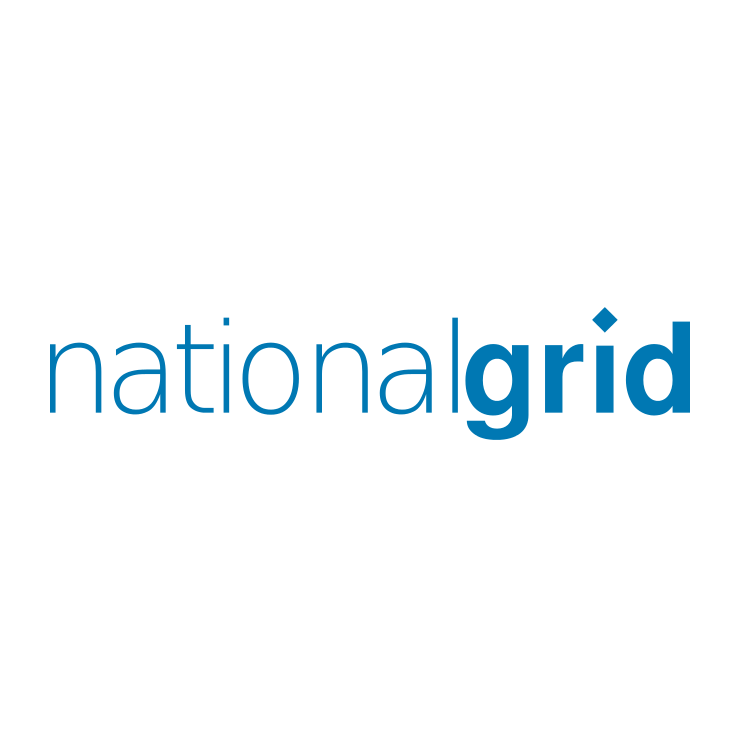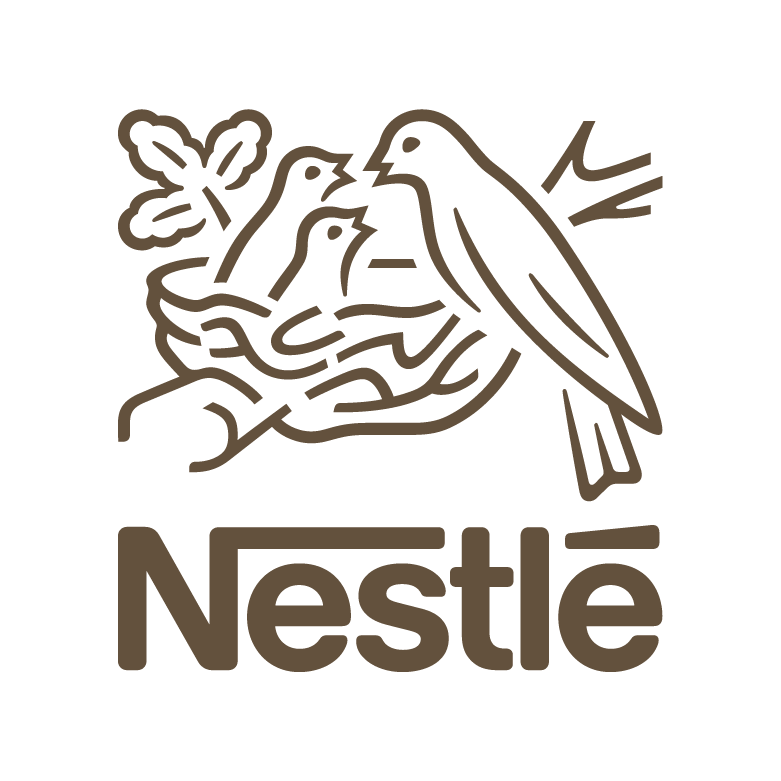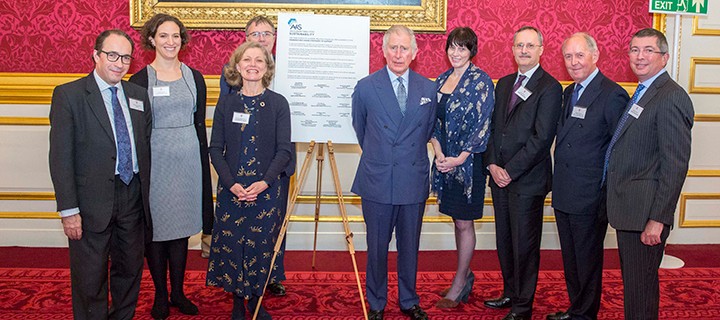TCFD Insight Series
Our TCFD Insights Series is a collection of examples from organizations implementing the recommendations of the FSB Task Force on Climate-related Financial Disclosures (TCFD). The series is designed to be used by finance teams.
The ‘Practical Examples’ consider the application of the recommendations, with top tips from leading companies. The ‘TCFD Reporting Examples’ demonstrate good practice TCFD disclosures from organizations’ annual reports.
Practical Examples
A4S have launched these practical examples to show how organizations have started to implement the TCFD recommendations.
The examples show how the results from scenario analysis were able to inform decisions within their respective organizations.
Tesco

"We wanted to use this opportunity to explore how our business will be impacted by a changing climate and to provide our decision makers with future looking insight."
This practical example explores how Tesco have begun to implement the Recommendations of the Task Force on Climate-related Financial Disclosure (TCFD), and use the resulting scenario analysis to drive business decisions.
SSE

This practical example, created by A4S and SSE, shows how the company has implemented the recommendations of the Task Force on Climate-related Financial Disclosures (TCFD). SSE's work has included:
- Developing scenario analysis
- Quantifying climate-related risks and opportunities
- Enhancing governance and management of climate-related issues
Unilever

“...this was the first time we reported on the exposure of our business to physical and transition climate risks, and our plans to ensure we remain resilient in the future.” Graeme Pitkethly, Chief Financial Officer, Unilever
This practical examples explains how Unilever has approached implementing the recommedations of the Task Force on Climate-related Financial Disclosure. This includes how they thought about senario analysis, impact, their next steps and top tips for other organizations.
Verizon

This practical example demonstrates how Verizon produced its first TCFD report and began implementing the recommendations of the Task Force on Climate-related Financial Disclosures (TCFD). This example has been created by A4S and Verizon.
Verizon’s work has included:
- Developing scenario analysis
- Engaging investors
- Preparing gap analysis
- Cross-functional, collaborative report building
GSK

This practical example shows how GSK is using the recommendations of the Task Force on Climate-related Financial Disclosures (TCFD) to understand and communicate how climate change could affect its business. GSK has set up a Finance Sustainability Champion Network to support their goal of achieving net zero impact on climate by 2030 – applying the TCFD framework is a key part of this.
GSK’s work has included:
- Making the business case for climate-related disclosures
- Conducting scenario analysis
- Developing data-driven metrics and targets
- Preparing the disclosures by working collaboratively
- Applying climate-related financial risks to business planning and decision making
Scenario Analysis Practical Examples
TCFD scenario analysis is a relatively new concept for many corporates, and is an area that is constantly developing with new insights and best practice. Using scenario analysis to understand the resilience of a company’s strategy under different climate-related scenarios continues to be the least reported recommended disclosure, according to the 2021 TCFD Status Report, and the one which continues to be the most challenging to respond to.
The companies below have provided practical insights into how they have approached scenario analysis within their organizations, and how this feeds into understanding the resilience of their strategy against a range of scenarios. Insights like these, and those included within our wider reporting, will help to focus corporates on their TCFD reporting journey, and to understand how best to approach scenario analysis.

Read National Grid’s step by step approach to scenario analysis, and how they use the results to support their business decisions.

Read how Nestle built a cross-functional team to provide the best insight possible for their analysis.
TCFD Reporting Examples
A4S is producing a number of TCFD reporting examples with the intention of highlighting good practices for finance and accounting professionals who are supporting implementation of the TCFD recommendations. They highlight the role of finance and the value finance can bring to the process. The examples show how the disclosures made by each organization align to the guidance provided by TCFD. A range of sectors and industries are covered, allowing users to benefit from sector-specific disclosures, whilst also gaining insights from examples in other sectors.
To produce the examples, A4S has extracted good practice disclosures from the latest annual reports of members of the A4S CFO Leadership Network and beyond. We have reviewed and analysed these extracts against the TCFD guidance. Members of the finance teams at these organizations have also provided inputs to highlight the role of finance teams in implementing the TCFD recommendations.
ABN AMRO

The TCFD reporting example on ABN AMRO focuses on the use of scenario analysis.
ABN AMRO Bank N.V. is headquartered in Amsterdam, Netherlands. It is the third largest bank in the Netherlands with total assets of €375 billion and assets under management (AUM) of €296.5 billion.
The bank reported against the TCFD framework for the first time in its 2019 Annual Report. Reporting in line with each of the four thematic areas enabled the company to show the breadth of their TCFD response. It also revealed the key areas where implementation of the recommendations can be enhanced, with some of the planned ‘next steps’ referred to in their disclosures.
British Land

The TCFD reporting example on British Land focuses on how the company has reported against the TCFD’s four thematic areas: governance, strategy, risk management, and metrics and targets.
British Land is a UK property company, with total owned assets of £10.3 billion and managed assets of £13.7 billion, covering 22.8 million square foot of floor space and annualized rent of £485 million.
Our analysis of British Land’s disclosures against the TCFD guidance is based on their Annual Report and Accounts 2020 and how their finance team supported the implementation of TCFD recommendations.
Storebrand

This TCFD reporting example on Storebrand focuses on key disclosures against the TCFD recommendations for the financial services industry.
Storebrand is a financial group, headquartered in Oslo, Norway, which offers pension, savings, insurance and banking products to individuals, businesses, and public enterprises.
Storebrand committed to reporting against the recommendations of TCFD with a view to strengthening climate risk analysis and disclosure. Using the TCFD framework, Storebrand has integrated its climate-related disclosures throughout its 2020 Annual Report.
Our analysis of Storebrand’s TCFD disclosure highlights the role of the finance team, and the value that can be brought to the process.



